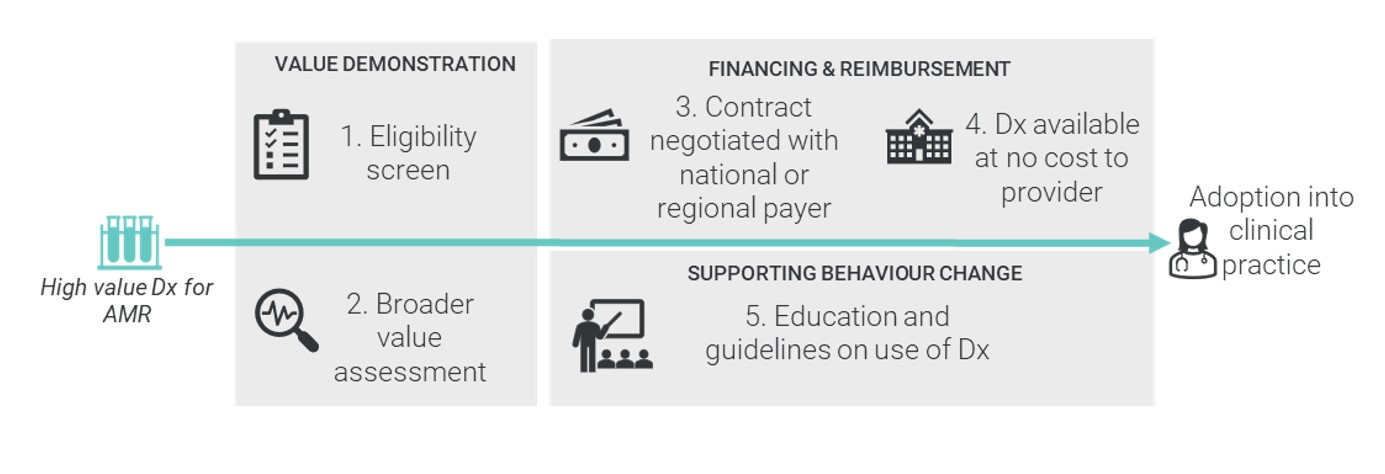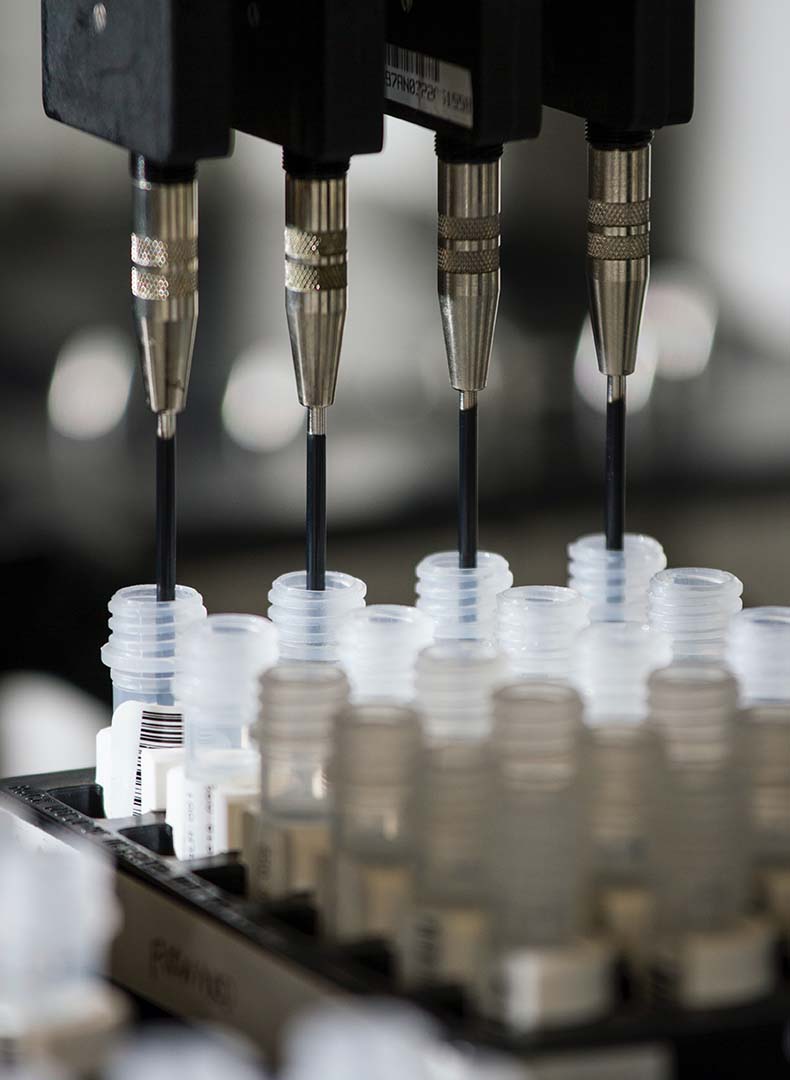Sign up to our newsletter Subscribe
Analysing Global Immunisation Expenditure

Antimicrobial resistance (AMR) is a global issue that threatens our ability to treat common infections and has large economic implications. Stewardship activities are needed to preserve antibiotics and reduce the rate of resistance. Diagnostics can support antibiotic stewardship by informing clinical decisions and reducing inappropriate antibiotic prescribing.
However, there is a range of challenges that limit their adoption at levels needed to support antibiotic stewardship. These include poor incentives for high-value diagnostic innovation, low willingness to pay for AMR diagnostics from local budget holders, lack of awareness, and low evidence of value at point of adoption.
To address these challenges, a novel payment model is proposed to overcome these barriers. The payment model should have the following general design criteria:
This proposal should be supported in national AMR action plans and fitted into existing clinical education processes and incentive structures.
SCHEMATIC OF NOVEL INCENTIVE MODEL FOR DIAGNOSTICS (DX) THAT HELP TO COMBAT AMR

The vital attention that the economics of antibiotics is receiving, including initiatives such as the NICE-NHS England pilot in the UK and the PASTEUR Act in the US, is a moment of opportunity to redefine how health technologies with a large impact on global public health should be procured.
While these initiatives for antibiotic development are promising, addressing the antibiotic resistance crisis requires both development of new antibiotics and more appropriate use of existing ones.
Appropriate use of antibiotics relies on diagnostics, so the efforts taken to incentivise antibiotic innovation will be wasted if incentives for diagnostics are overlooked. Much has been said about the importance of diagnostics to the AMR crisis, but now is the time for policymakers to act.
A Novel Incentive Model for Uptake of Diagnostics to Combat Antimicrobial Resistance
